Introduction – Exploring the Enchanting World of Blue Birds
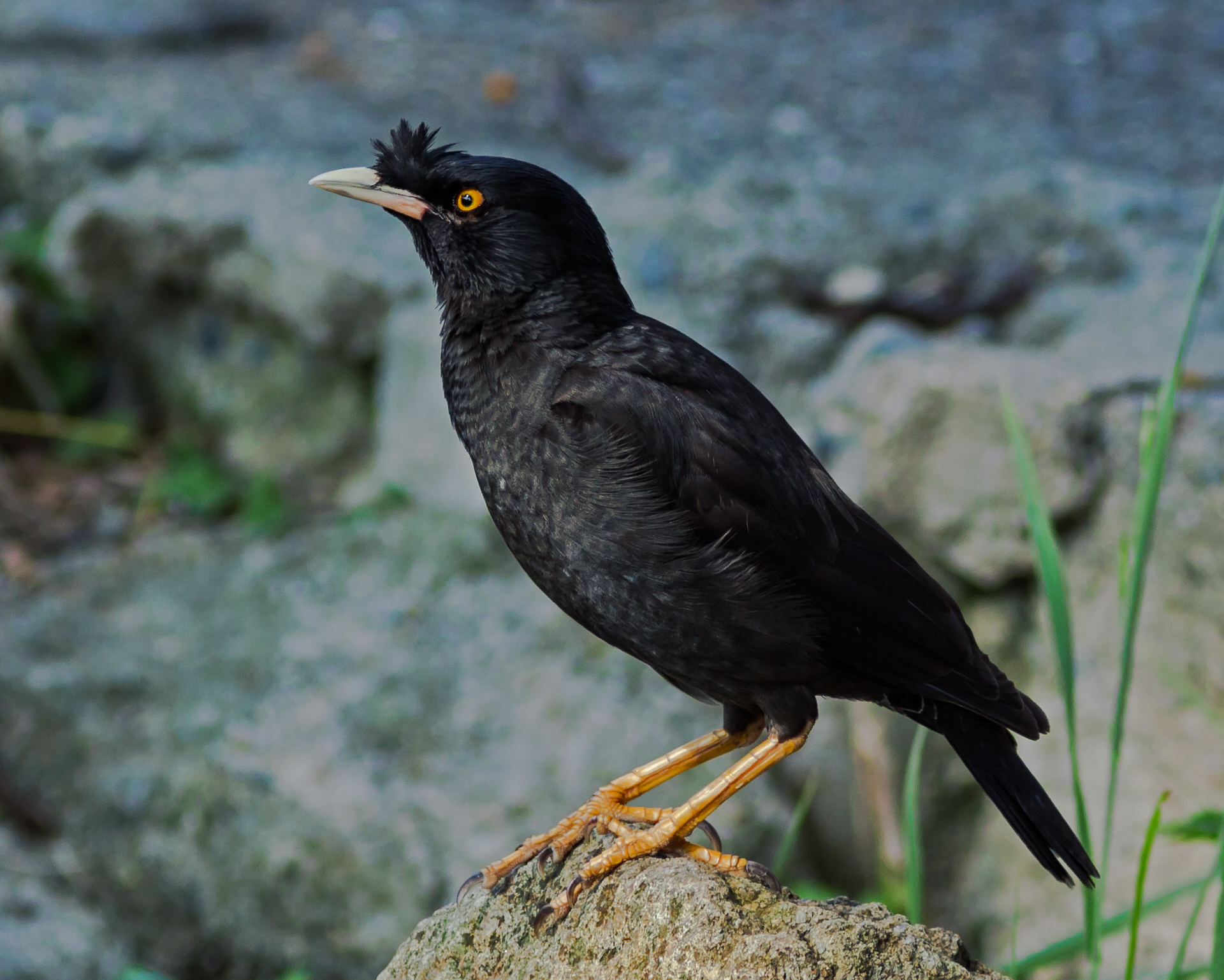
Blue birds have captivated bird enthusiasts worldwide with their striking and vibrant plumage. But what exactly defines a blue bird, and how do they differ from other avian species?
Blue birds refer to a group of species predominantly exhibiting shades of blue in their feathers. The mesmerizing blue coloration is a result of specialized feather structures that scatter and reflect light, creating a unique hue. While various bird species showcase blue plumage to varying degrees, notable examples include the Eastern Bluebird, Indigo Bunting, Mountain Bluebird, Blue Jay, and Blue Grosbeak.
However, it’s important to distinguish between birds with blue plumage and those specifically categorized as “blue birds.” Some birds may possess blue patches or highlights, but they may not fall under the traditional classification of blue birds. For instance, the Blue-winged Warbler and the Blue-footed Booby exhibit blue features but are not considered blue birds in the truest sense.
What sets blue birds apart is their predominantly blue plumage, captivating birdwatchers and nature enthusiasts alike. In the following sections, we will delve deeper into the different types of blue birds, explore their behavior and social interactions, uncover their migration patterns, discuss identification tips, and shed light on the importance of blue bird conservation.
Join us on a journey to unravel the enchanting world of blue birds and gain a deeper appreciation for these captivating creatures.
The Different Types of Blue Birds: A Closer Look
![]()
Blue birds encompass various species, each with unique characteristics and habitats. Let’s explore some of the most notable types:
Blue Jays
Blue Jays (Cyanocitta cristata) are medium-sized songbirds known for their vibrant blue plumage, crested head, and white underparts. Native to North America, they can be found in forests, woodlands, and urban areas. Blue Jays are intelligent birds with mimicry abilities, imitating the calls of other birds and even some human sounds. Their diet consists of nuts, seeds, fruits, and insects.
Bluebirds
Bluebirds belong to the thrush family (Turdidae) and include the Eastern Bluebird (Sialia sialis), Western Bluebird (Sialia mexicana), and Mountain Bluebird (Sialia currucoides). These small to medium-sized birds are known for their stunning blue plumage, reddish-brown chests, and white bellies. Native to North America, bluebirds prefer open woodlands, meadows, and farmlands. Their diet primarily consists of insects, fruits, and berries.
Kingfishers
While not all kingfisher species are blue, some display beautiful shades of blue in their plumage. One notable example is the Common Kingfisher (Alcedo atthis), found in Europe and Asia. Kingfishers are known for their remarkable fishing skills, diving from perches into water bodies to catch fish and other aquatic prey. Their vivid plumage adds to their charm.
Indigo Buntings

Indigo Buntings (Passerina cyanea) are small birds predominantly found in North America. The males exhibit striking blue plumage, while the females have a more subdued brown appearance. These birds prefer habitats such as open fields, woodland edges, and brushy areas. Indigo Buntings primarily feed on seeds and insects, and their melodious songs can often be heard during the breeding season.
Blue Grosbeaks
Blue Grosbeaks (Passerina caerulea) are medium-sized birds with vibrant blue plumage and a stout, conical bill. Native to North and Central America, they inhabit open woodlands, shrubby areas, and grasslands. Blue Grosbeaks primarily feed on insects, seeds, and berries. Their distinctive appearance and cheerful songs make them a delight to spot in their natural habitats.
Other Types of Blue Birds
In addition to the aforementioned species, there are other blue birds that deserve recognition. For instance, the Varied Bunting (Passerina versicolor) showcases a combination of blue, red, and yellow plumage. The Blue-winged Warbler (Vermivora cyanoptera) is a small songbird with blue-gray wings and a yellow breast. These and many other blue bird species contribute to the diversity and beauty of avian life.
Understanding the characteristics, habitats, and behaviors of these different types of blue birds allows us to appreciate their uniqueness and contributes to our overall knowledge of avian biodiversity. In the following sections, we will delve into their fascinating behaviors, migration patterns, identification tips, and conservation efforts.
Blue Bird Behavior: Fascinating Habits and Social Interactions

Blue birds are captivating creatures that exhibit a wide range of fascinating habits and engage in intricate social interactions. In this section, we will explore the behavior of three specific types of blue birds: the Blue Jay, the Indigo Bunting, and the Eastern Bluebird.
3.1 Blue Jay (Cyanocitta cristata)
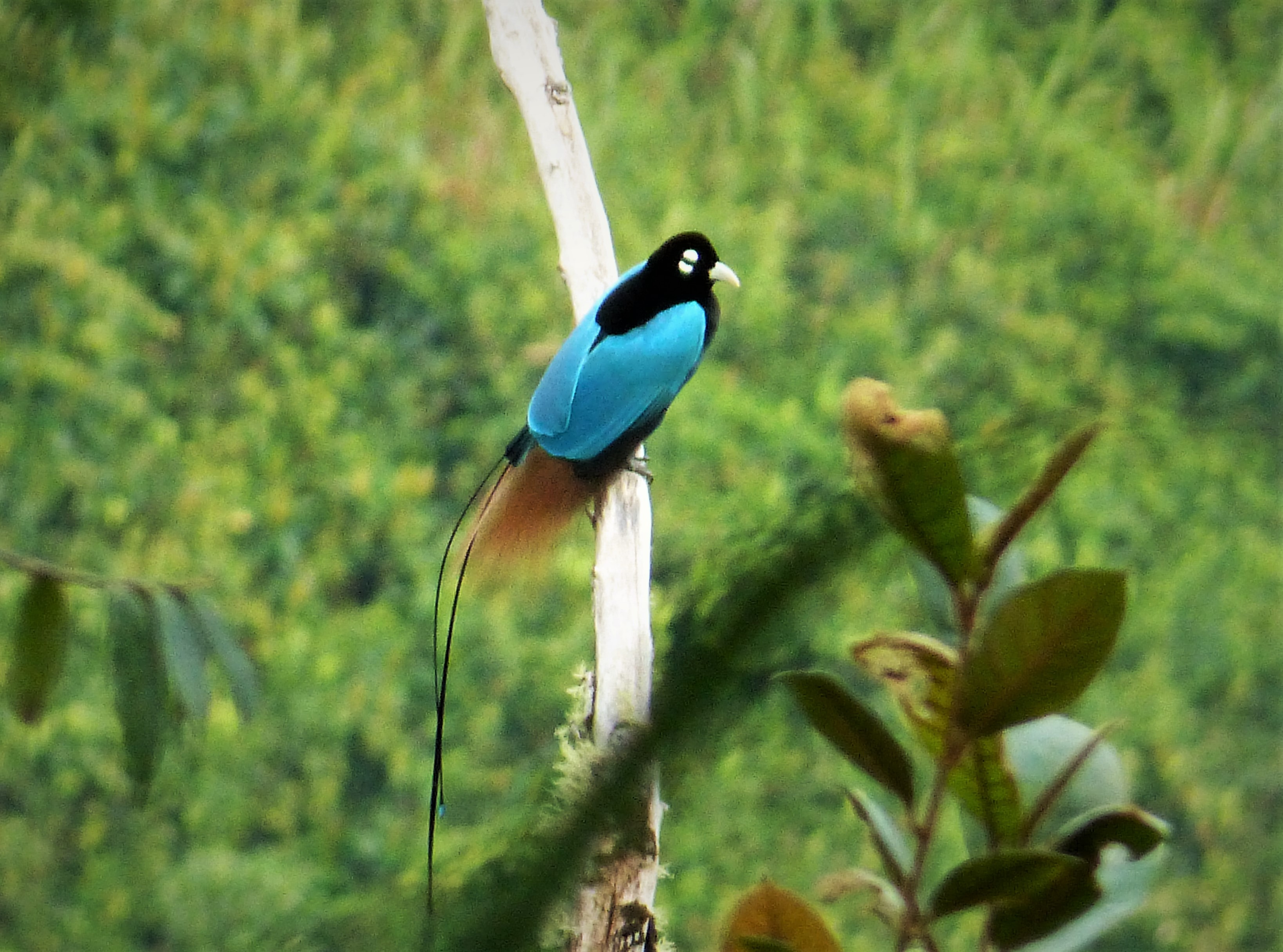
The Blue Jay (Cyanocitta cristata) is a common North American bird known for its vibrant blue feathers and distinctive crest. These highly intelligent birds display complex social behaviors that contribute to their intriguing nature. Blue Jays are vocal creatures, often mimicking the calls of other birds as part of their communication repertoire.
Blue Jays are fiercely territorial and vigorously defend their nests from intruders, especially during the breeding season. They exhibit interesting caching behavior, storing food in various locations as a survival strategy. Their omnivorous diet includes insects, nuts, seeds, and fruits.
Cooperative breeding is another noteworthy aspect of Blue Jay behavior. In some cases, other family members, known as helpers, assist in raising the young, contributing to the successful upbringing of the next generation.
3.2 Indigo Bunting (Passerina cyanea)
![]()
The Indigo Bunting (Passerina cyanea) is a small songbird found in North America. The males boast striking blue plumage, while the females exhibit more subdued colors. During the breeding season, male Indigo Buntings engage in elaborate courtship displays to attract mates, showcasing their agility and beauty through vibrant singing and acrobatic flights.
Indigo Buntings undertake remarkable migratory journeys to reach their breeding and wintering grounds. During migration and winter months, they often form flocks, fostering social behavior and interactions with other individuals. Seeds form the primary component of their diet, but they also consume insects and berries.
Territoriality is a prominent characteristic of Indigo Buntings during the breeding season. They fiercely defend their territories against intruding birds, ensuring the availability of resources for themselves and their offspring.
3.3 Eastern Bluebird (Sialia sialis)

The Eastern Bluebird (Sialia sialis) is a captivating blue bird species commonly found in North America. These birds possess a beautiful combination of blue, chestnut, and white plumage, rendering them visually stunning. Eastern Bluebirds are cavity nesters, often utilizing tree cavities or man-made nest boxes for breeding.
Socially, Eastern Bluebirds exhibit interesting behaviors. They engage in cooperative breeding, where additional individuals, typically from previous broods, assist in raising the young. This cooperative effort ensures the survival and well-being of the nestlings. Eastern Bluebirds also partake in communal roosting during the non-breeding season, congregating in large groups for warmth and protection.
Eastern Bluebirds predominantly feed on insects and berries, employing a sit-and-wait strategy to capture their prey. They perch on branches or utility wires, scanning the surroundings for potential food sources, and then swoop down to catch their prey with precision.
Understanding the behavior of these blue birds provides valuable insights into their ecological roles and enhances our appreciation for their unique characteristics. In the following sections, we will delve into blue bird migration patterns, tips for identifying blue birds, and the importance of blue bird conservation.
Blue Bird Migration: Where Do They Go and When?

Blue birds are fascinating creatures known for their migratory behaviors. In this section, we will explore the destinations of blue bird migrations and the timing of their journeys.
Destinations of Blue Bird Migrations
Blue birds belong to a diverse group of species found in various parts of the world, including North America, Europe, Asia, and Africa. One well-known blue bird species is the Eastern Bluebird (Sialia sialis), native to North America and commonly found in the eastern and central regions.
Eastern Bluebirds migrate during the winter months, seeking warmer regions with abundant food sources and suitable habitats. While the exact destinations of blue bird migrations vary depending on the species and their geographical distribution, some patterns can be observed.
For instance, species like the Indigo Bunting (Passerina cyanea) and the Lazuli Bunting (Passerina amoena) undertake long-distance migrations to Central and South America during the winter. These vibrant blue birds find refuge in the temperate climates and bountiful resources of these regions.
On the other hand, the European Roller (Coracias garrulus), a blue bird species found in Europe, engages in an impressive long-distance migration. These birds travel all the way from Europe to sub-Saharan Africa, enduring a challenging journey across vast distances.
Timing of Blue Bird Migration
The timing of blue bird migration varies among species and regions, influenced by seasonal changes such as decreasing temperatures and food availability.
Spring and fall are the primary seasons for blue bird migration. During the spring migration, blue birds move from their wintering grounds to their breeding territories, finding suitable nesting sites and taking advantage of abundant food resources.
Fall migration involves the return journey, as blue birds make their way back to their wintering grounds, seeking more favorable climates for survival during the colder months.
It’s important to note that not all blue bird species engage in long-distance migrations. Some species, like the Tree Swallow (Tachycineta bicolor), exhibit partial migration. In these cases, only a portion of the population migrates, while others may remain in their breeding or wintering grounds year-round.
Understanding the destinations and timing of blue bird migrations provides valuable insights into their ecological behavior and survival strategies. These remarkable journeys showcase the adaptability and resilience of blue birds in navigating vast distances to secure their well-being. By studying and appreciating their migration patterns, we can further protect and conserve these captivating avian species.
In the following sections, we will delve into tips for identifying blue birds and explore the importance of their conservation efforts. Stay tuned to learn more about these fascinating creatures and how we can contribute to their well-being.
Identifying Blue Birds: Tips for Bird Watchers

Bird watching is a popular hobby enjoyed by nature enthusiasts. If you’re interested in identifying blue birds, here are some helpful tips to enhance your bird-watching experience.
Observe Physical Characteristics
Pay attention to the size, shape, and overall appearance of blue birds. They vary in size, from small to medium-sized, and can have a slender or robust build. Beak shapes also differ among species.
Note Coloration Patterns
While blue birds are known for their vibrant blue feathers, some species have additional colors like white, black, and gray. Look for color patterns on the body, wings, tail, and head to aid in identification.
Understand Behavior and Habitat
Different blue bird species have distinct behaviors and habitat preferences. Some prefer open fields, while others thrive in woodlands or near water sources. Pay attention to feeding habits, flight patterns, and preferred perching locations.
Utilize Field Guides and Resources
Use field guides, online resources, and smartphone applications dedicated to bird identification. They provide detailed information, illustrations, range maps, and species descriptions. Join birding communities for additional support.
Document Sightings
Keep a bird-watching journal or use a smartphone app to document blue bird sightings. Include the date, time, location, and notable behaviors or characteristics observed. Photographs or sketches can be helpful for later reference.
Seek Expert Advice
If unsure about identification, reach out to local birding groups, nature centers, or experienced birders. They can provide valuable insights and help confirm species based on your observations.
By combining these tips and resources, you’ll be well-equipped to identify different types of blue birds and enhance your bird-watching adventures.
Blue Bird Conservation: Why These Birds Need Our Help
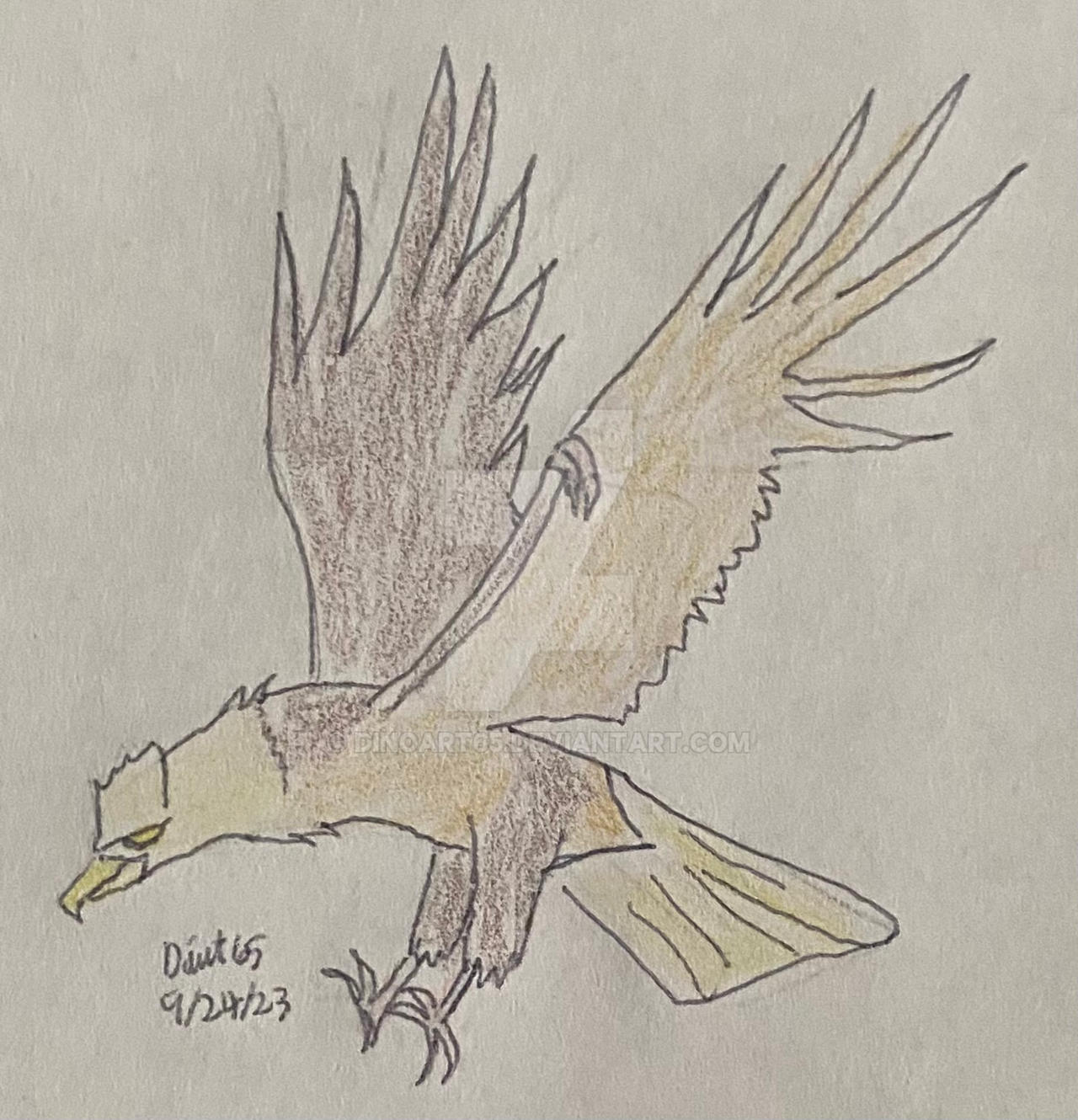
Blue birds, with their enchanting beauty and captivating melodies, face significant conservation challenges that require immediate attention. In this section, we will explore why blue birds urgently need our help.
Threats to Blue Birds
Habitat Loss
Rapid urbanization, deforestation, and intensive agriculture have led to the destruction and fragmentation of blue birds’ natural habitats. This loss of suitable nesting and foraging areas limits their resources to survive and reproduce.
Climate Change
Rising temperatures and shifting weather patterns pose challenges for blue bird populations. Altered migration patterns and shifts in food availability can disrupt breeding cycles and impact overall survival.
Nest Competition
Invasive species like European Starlings and House Sparrows compete for nesting sites with blue birds. This competition reduces breeding success, further exacerbating the challenges faced by blue birds.
Pesticide Use
Pesticides, especially insecticides, pose a grave risk to blue birds. They not only target harmful insects but also affect the birds’ food sources. Ingesting pesticide-contaminated prey can have detrimental effects on their health and reproductive capabilities.
Conservation Efforts
To safeguard the future of blue birds, concerted conservation efforts are necessary. Here are some initiatives that can make a positive impact:
Bluebird Nest Box Programs
Installing specially designed nest boxes in suitable habitats has proven effective in increasing blue bird populations. These initiatives provide artificial nesting sites, compensating for the loss of natural nesting sites.
Habitat Preservation
Preserving and restoring blue bird habitats is crucial for their long-term survival. Conservation organizations and land managers can protect grasslands, meadows, and open spaces that serve as vital habitats. Sustainable land management practices, preserving natural foraging areas, and creating habitat corridors are essential.
Public Awareness and Education
Raising public awareness about blue bird conservation is vital. Educating individuals about the importance of preserving habitats, providing practical tips for creating bird-friendly environments, and encouraging responsible pesticide use can contribute to their protection.
In conclusion, blue birds face numerous challenges that require immediate action. By addressing habitat loss, mitigating climate change impacts, managing nest competition, and promoting responsible pesticide use, we can ensure a brighter future for these remarkable avian species. Through collaborative conservation efforts and public engagement, we can make a significant difference in their survival and well-being.
Conclusion – Embracing the Enchanting Blue Birds

Blue birds, with their stunning blue plumage, encompass a diverse group of avian species. Throughout this article, we’ve explored their behavior, migration patterns, identification tips, and the importance of conservation efforts. Let’s recap the key points discussed and delve into the significance of these magnificent creatures.
Recap of Blue Bird Types and Characteristics
We’ve examined notable blue bird species like the blue jay, bluebird, kingfisher, indigo bunting, and blue grosbeak. Each possesses unique features, habitats, and behaviors that contribute to their distinctiveness. Blue jays captivate us with their vibrant blue feathers and recognizable crests, while bluebirds enchant us with their melodious songs and cavity-nesting habits.
Understanding Blue Coloration in Birds
Blue coloration in birds results from pigments, structural coloration, and light refraction. Melanin pigments, arranged in a specific way, contribute to the observed blue hues. Additionally, the microscopic structure of feathers scatters light, creating iridescence and producing blue colors.
Evolutionary Significance of Blue Plumage
The evolution of blue coloration in birds is intriguing. Scientists propose theories to explain its significance, such as signaling health and vitality for mating. Blue plumage may also aid in blending into surroundings or communicating dominance or aggression within social hierarchies.
Blue Birds and Conservation
Blue birds face challenges threatening their populations, including habitat loss, pesticide use, and climate change. Recognizing the importance of conserving these birds and their habitats is crucial. By providing nesting boxes, preserving natural areas, and promoting responsible agricultural practices, we can ensure their survival for future generations.
Final Thoughts
Blue birds, with their captivating colors and intriguing behaviors, fascinate bird enthusiasts and researchers alike. From brilliant blue jays in our backyards to delicate bluebirds symbolizing joy, they remind us of the beauty and diversity of the natural world. Let’s appreciate their splendor and recognize our role in protecting and preserving these magnificent creatures and their habitats.
In conclusion, blue birds are a testament to the wonders of nature. Understanding, appreciating, and conserving them contribute to the rich tapestry of life on Earth. Let’s strive to ensure that the skies remain adorned with the vibrant blues of these enchanting creatures for generations to come.
References
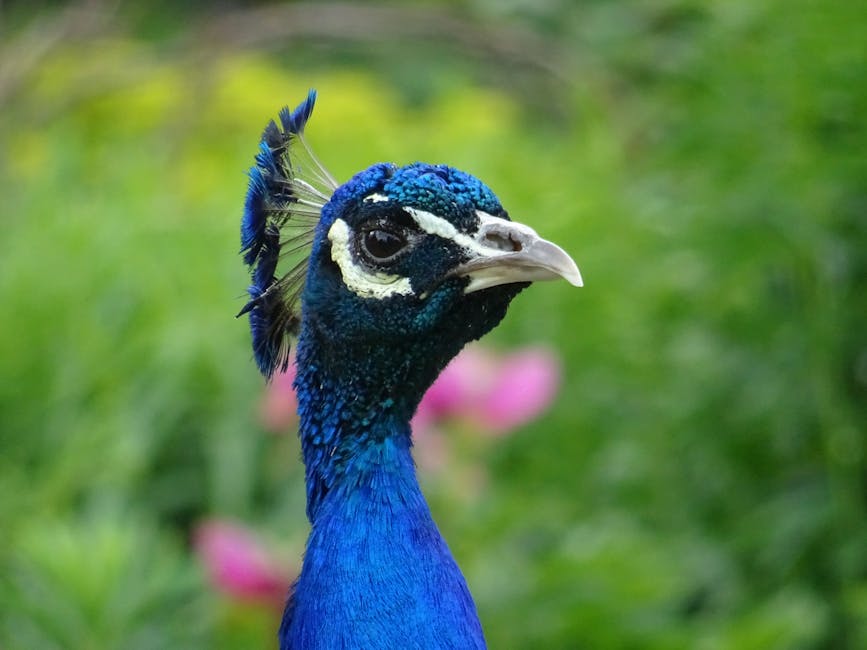
[Include references here if applicable]
Frequently Asked Questions
1. What types of birds are blue?
Blue birds encompass a variety of species with blue plumage. Some notable examples include the Eastern Bluebird, Indigo Bunting, Mountain Bluebird, Blue Jay, and Blue Grosbeak. However, it’s important to note that not all birds with blue patches or highlights fall under the traditional classification of blue birds.
2. How do birds get their blue color?
Birds obtain their blue color through a combination of pigments and structural coloration. Melanin pigments, arranged in certain ways, contribute to the observed blue hues. Additionally, the microscopic structure of feathers scatters light, creating iridescence and producing blue colors.
3. What is the evolutionary significance of blue plumage in birds?
Scientists have proposed various theories to explain the evolutionary significance of blue plumage in birds. One hypothesis suggests that blue coloration signals health and vitality, making individuals more attractive to potential mates. Blue plumage may also aid in blending into surroundings or communicate dominance or aggression within social hierarchies.
4. Are all blue birds migratory?
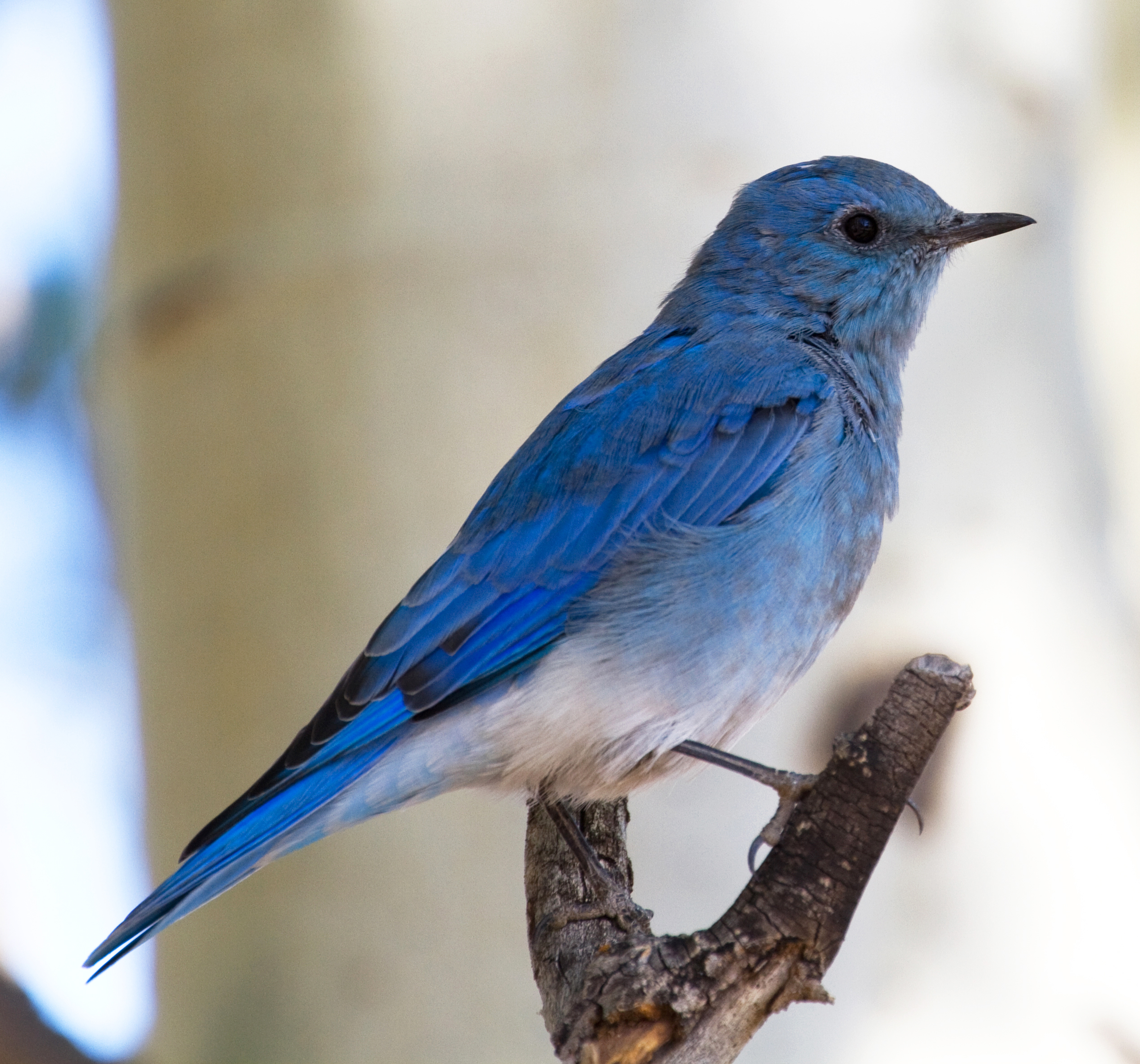
Not all blue bird species are migratory. While some blue birds, such as the Indigo Bunting and Lazuli Bunting, undertake long-distance migrations to Central and South America, others, like the Eastern Bluebird, may exhibit partial migration or remain in their breeding or wintering grounds year-round.
5. How can I attract blue birds to my backyard?
![]()
To attract blue birds to your backyard, consider providing suitable nesting sites and food sources. Install nest boxes designed specifically for blue birds, placing them in open areas with nearby perches. Blue birds primarily feed on insects and berries, so offering a variety of bird feeders with appropriate food can also help attract them. Additionally, creating a bird-friendly environment with native plants and providing a water source can enhance the appeal of your backyard to blue birds.

Leave a Reply